The focus has been on building numbers using tens and ones, for example, 17 can be shown as “one ten and seven ones.” A favourite activity involved using thin potato sticks and mini marshmallows. Potatosticks became ‘tens’ and mini marshmallows became 'ones.’ Learners built numbers by lining up “tens” sticks and adding on the marshmallow “ones.” For example, the number 34 was built using three potato sticks and four marshmallows. This simple, engaging activity turned into a tasty, visual experience where students could see and touch the difference between tens and ones.
For students ready for a bigger challenge, cracker squares were added to represent hundreds. This meant they could build numbers into the hundreds, such as 142 as “one cracker, four sticks, and two marshmallows.” Every learner had the chance to work at their level, whether beginning to understand tens and ones, or extending into the hundreds. Understanding Place Value, tens and ones, is an important part of the Refreshed Curriculum. It helps students to read, write and understand numbers to 100 and beyond, setting themselves up for success in later maths learning.
I made 12. That's one stick and two marshmallows.
If I take the marshmallows away, it’s just ten.
This number is 25. I know because two sticks is twenty and five more marshmallows.
I had a go at making numbers with three digits. I had to recount my crackers because I added too many.
I used a cracker, 4 sticks and 2 marshmallows. That makes 142.
Language added another level of understanding. Counting and naming numbers in Te Reo Māori, such as tekau mā tahi (11), toru tekau ma whā (34), reinforced the idea of groupings in tens and ones.
Tekau mā whā is one tens and four ones. Thats 14.
Learning place value creates a strong foundation for skills such as adding, subtracting, and problem-solving. The excitement on faces when ‘big’ numbers start to make sense shows just how powerful hands-on learning can be. This hands-on approach gave learners a clear picture of how numbers are built, instead of memorising digits.

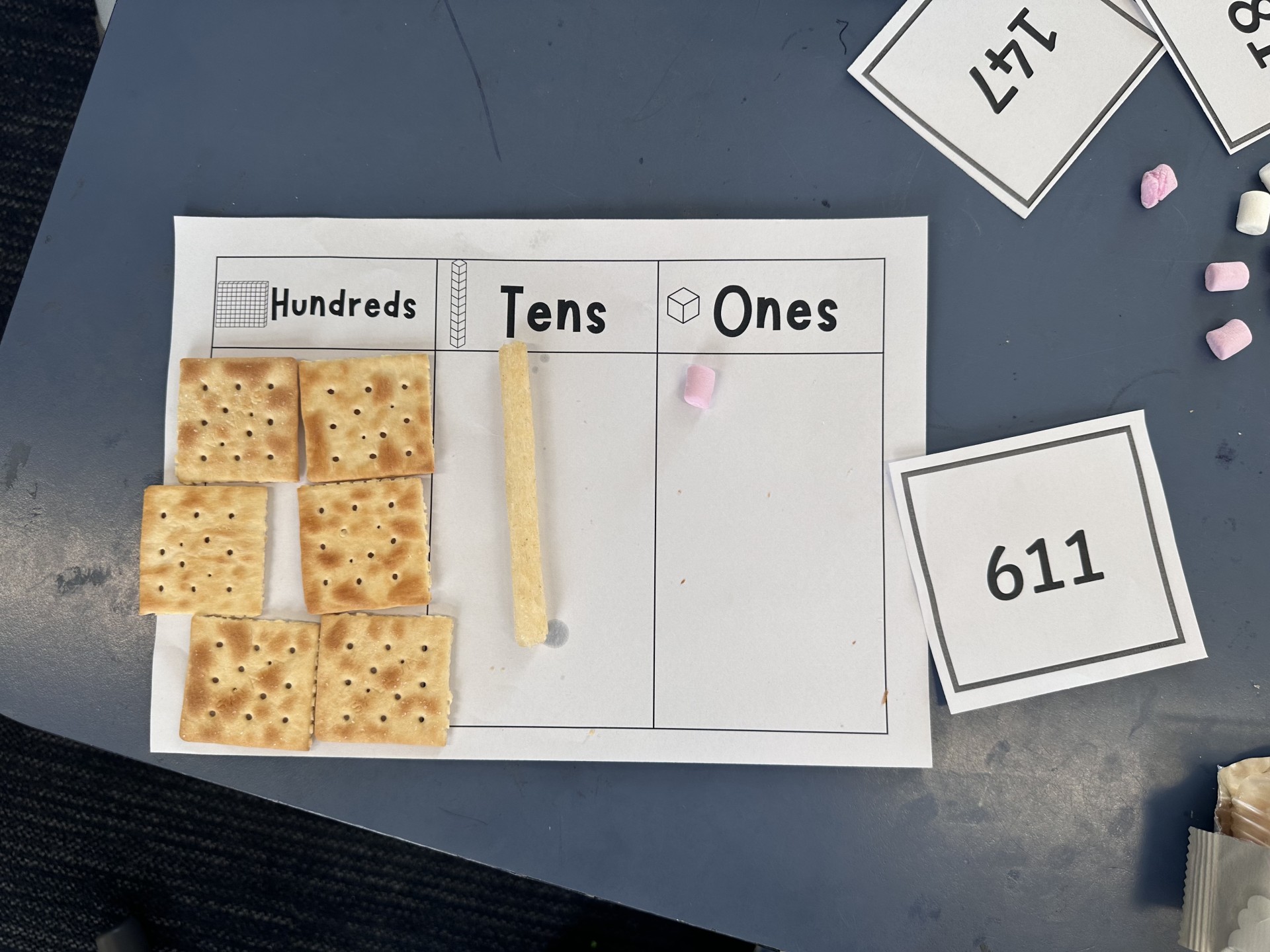
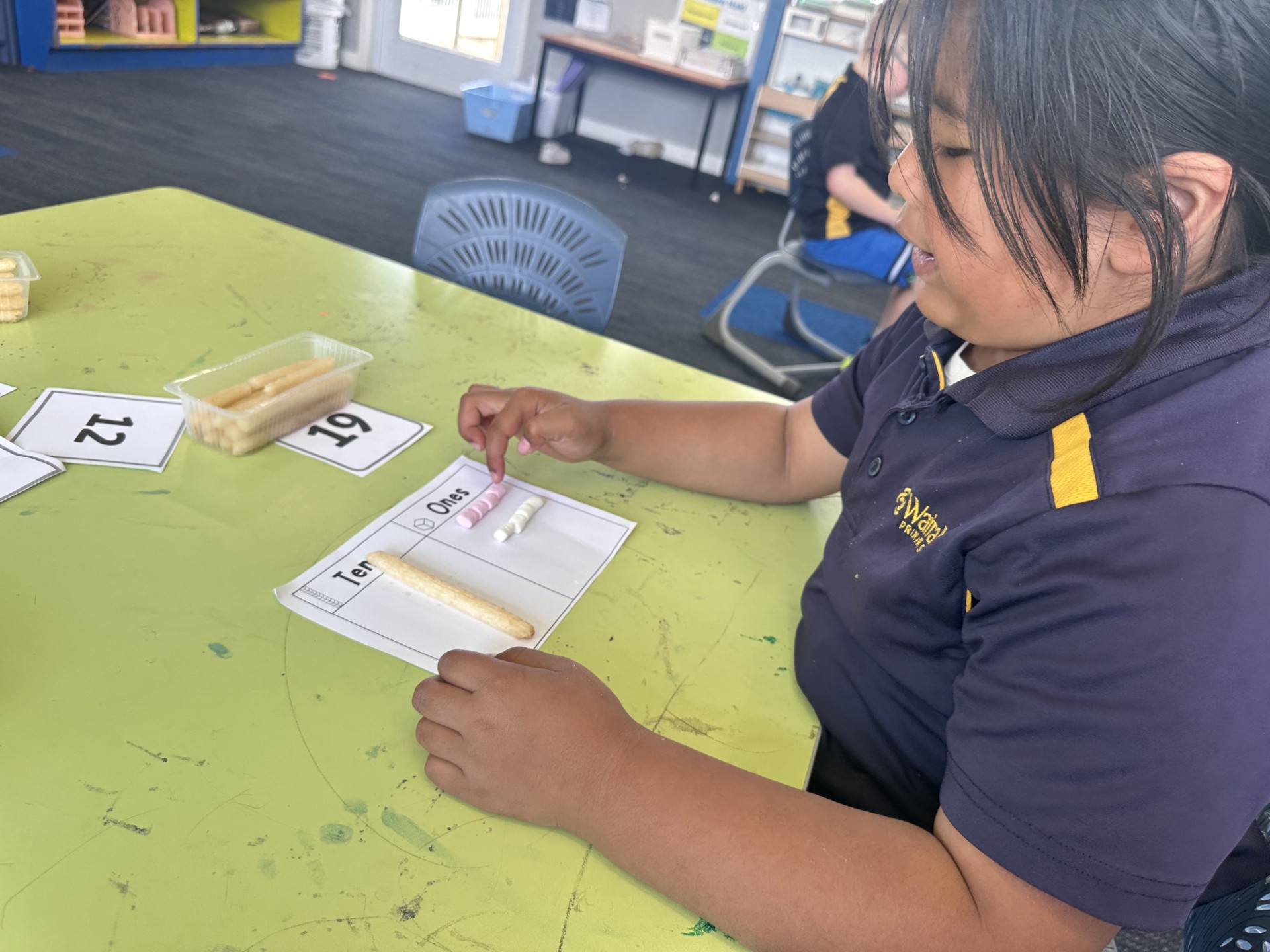
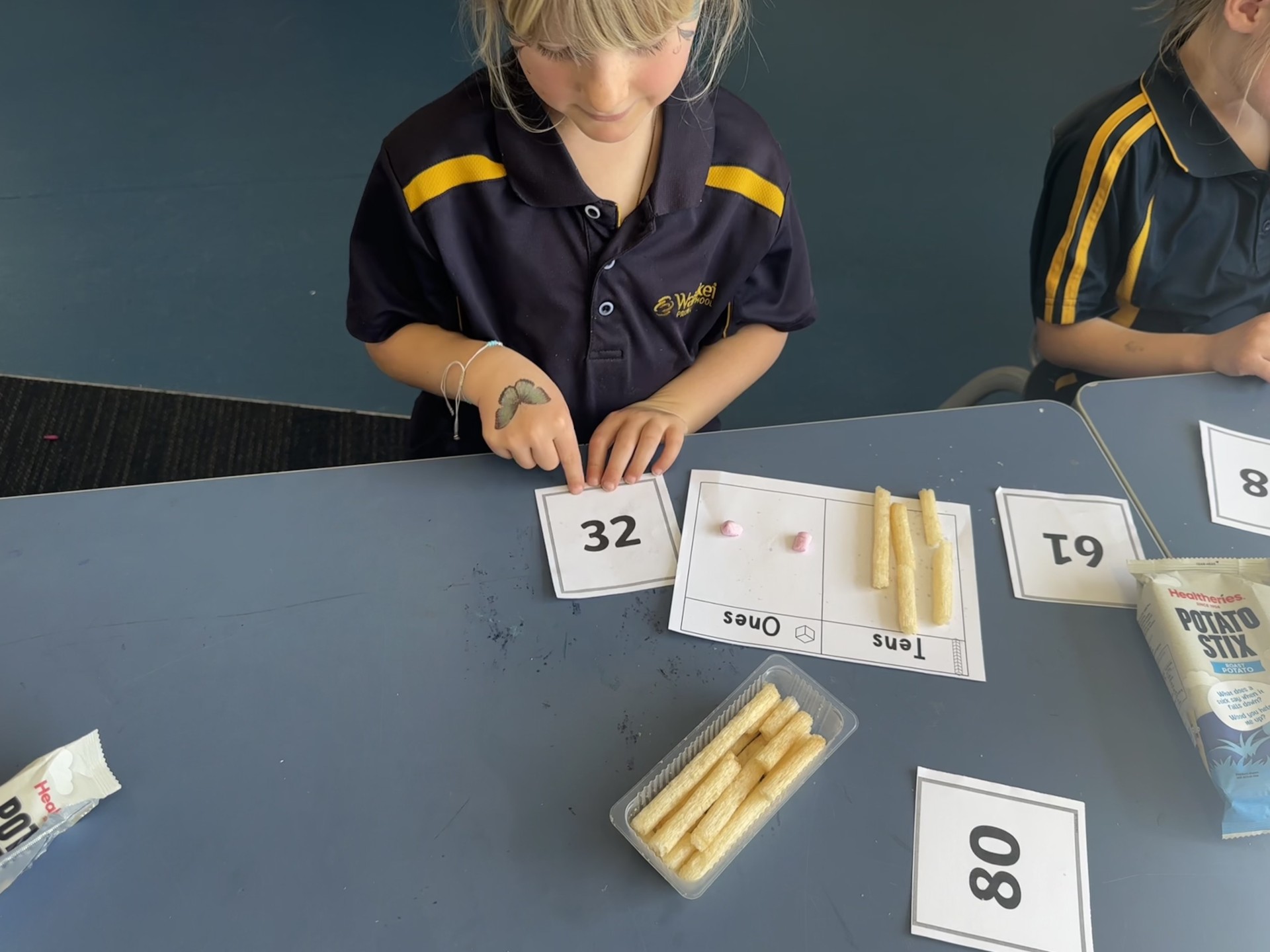
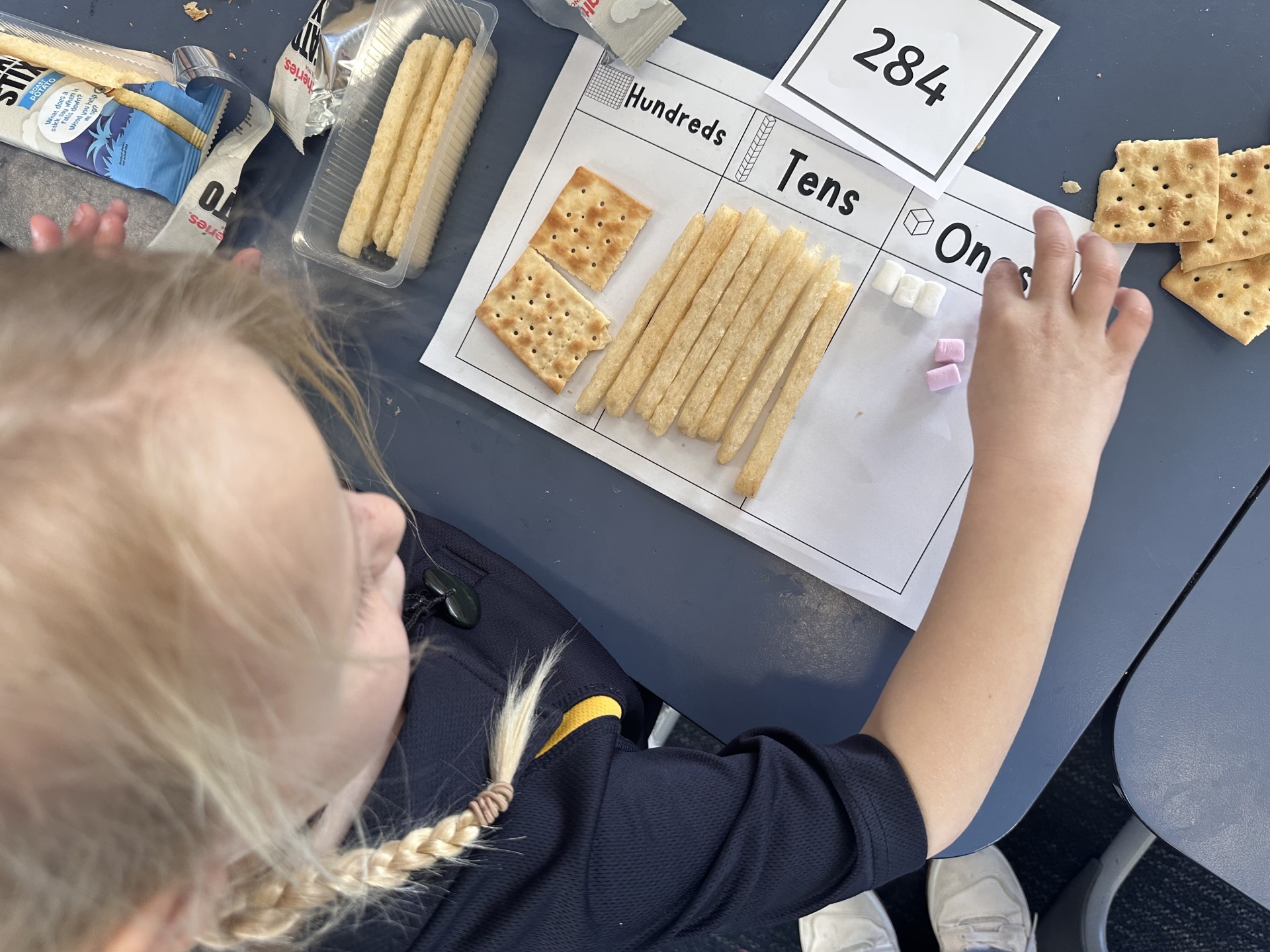
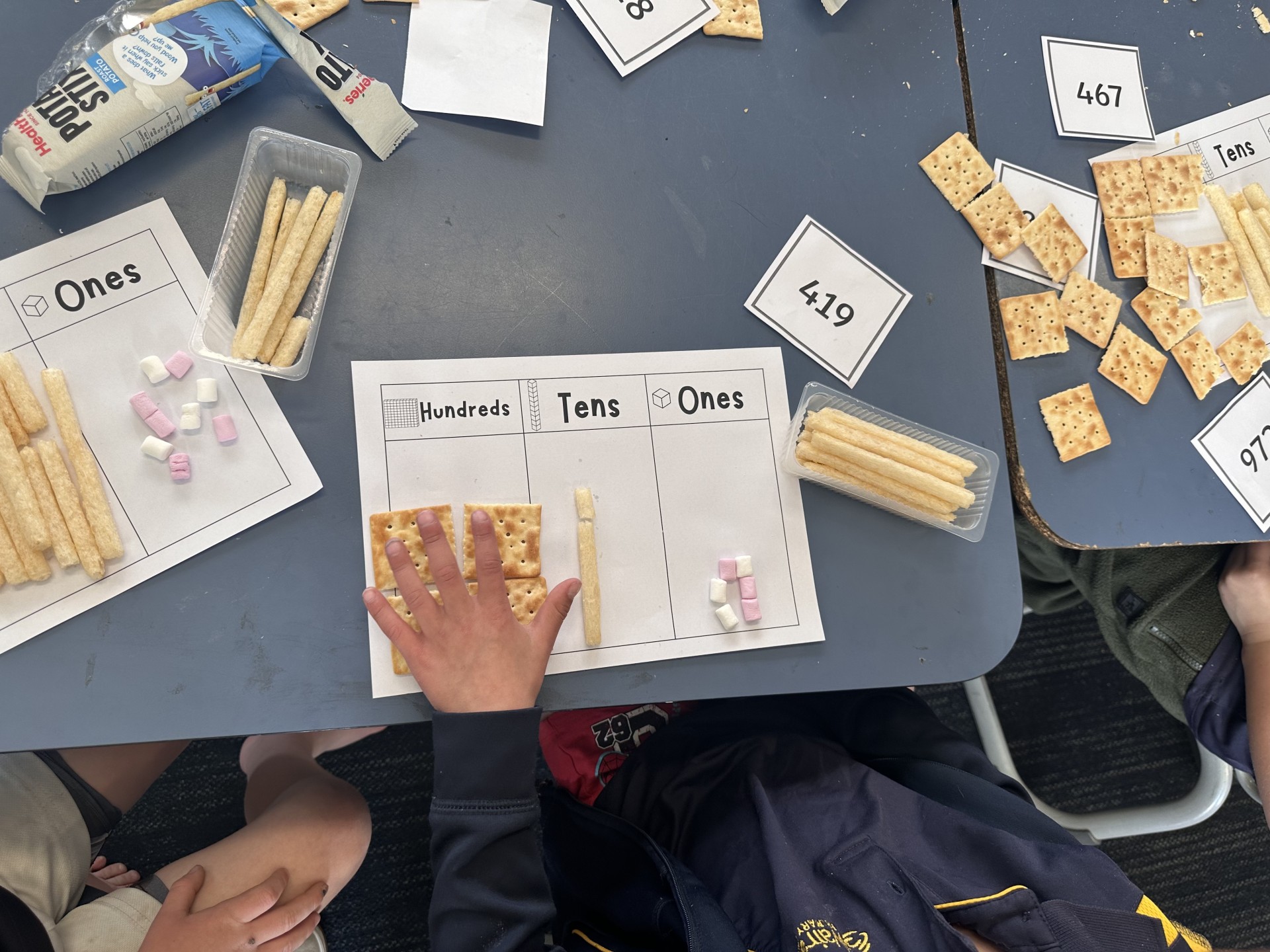
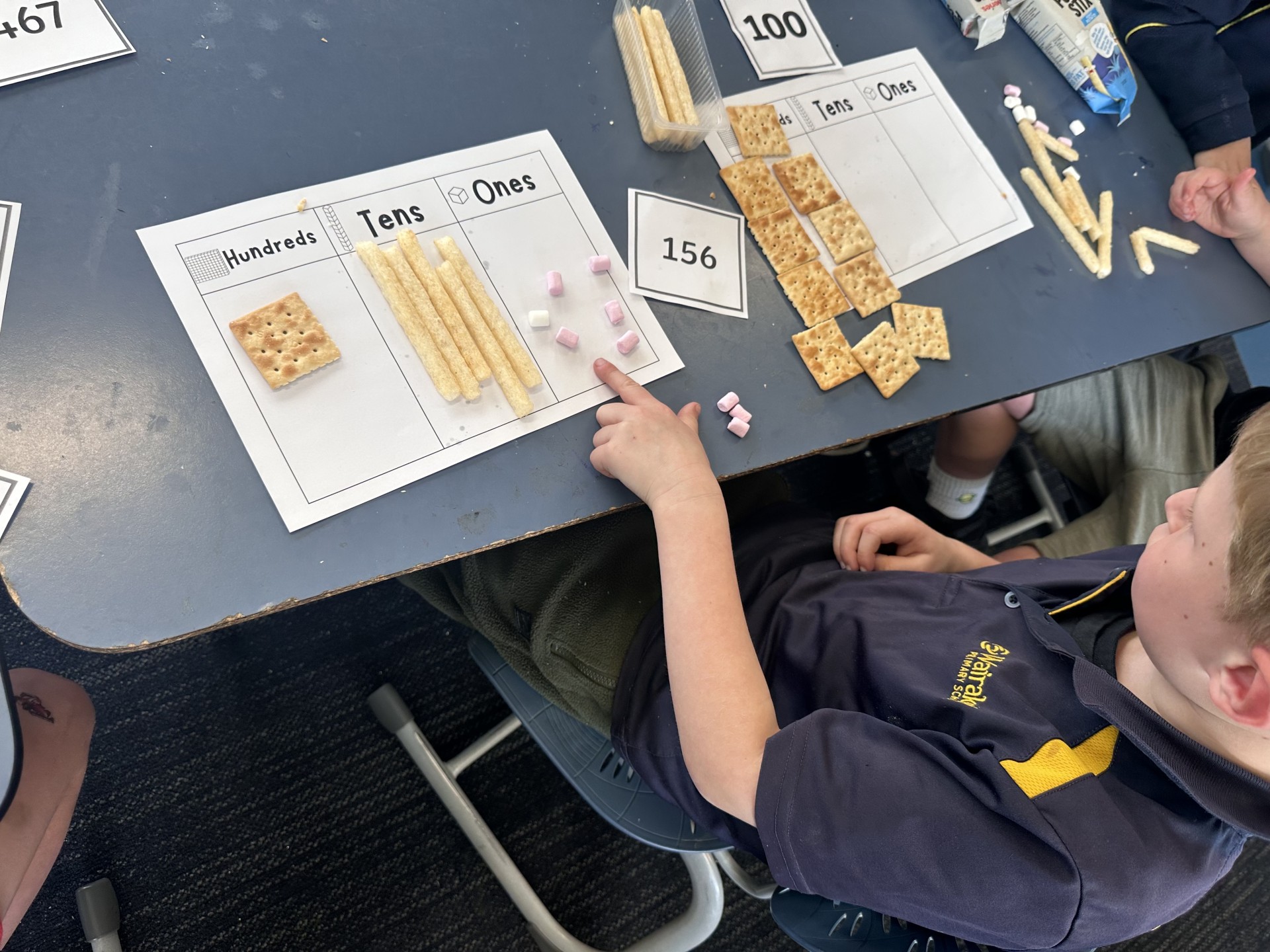
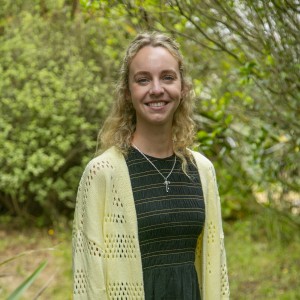

Comments
No one has commented on this post yet.